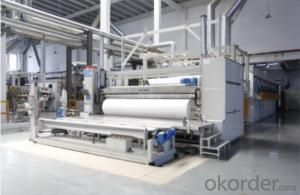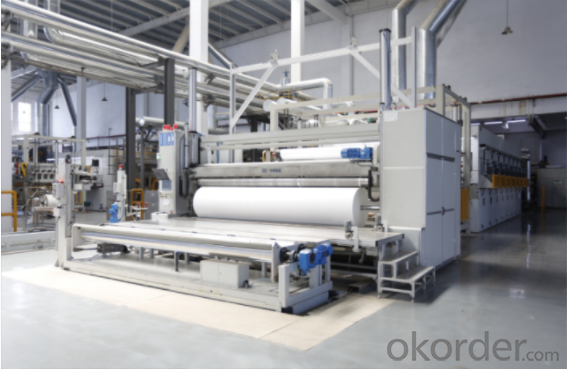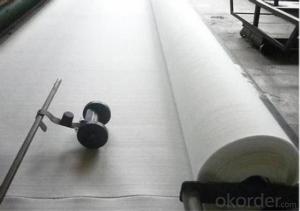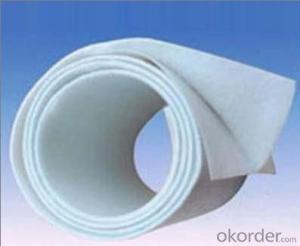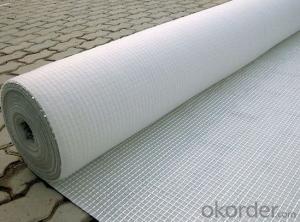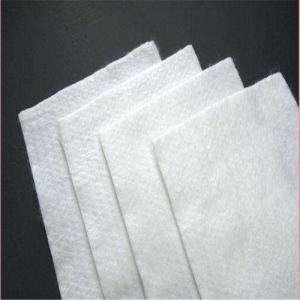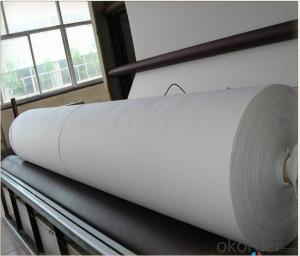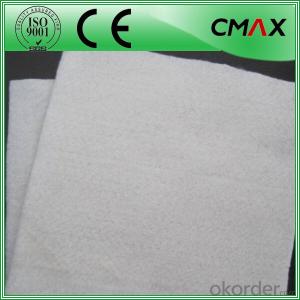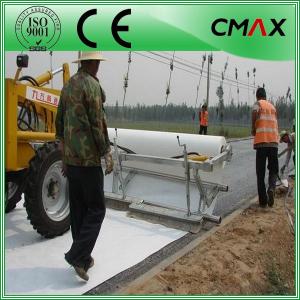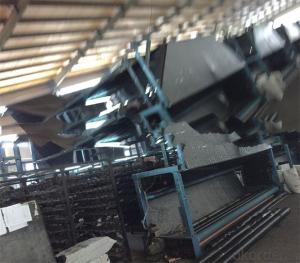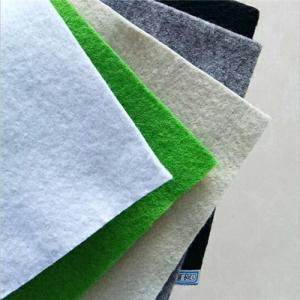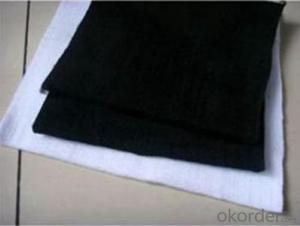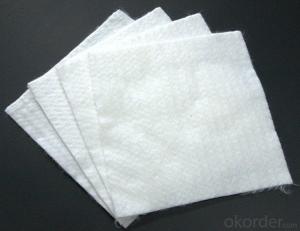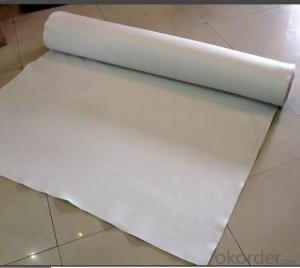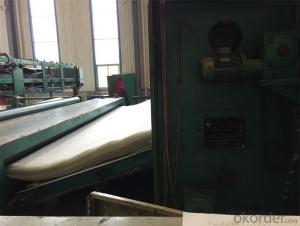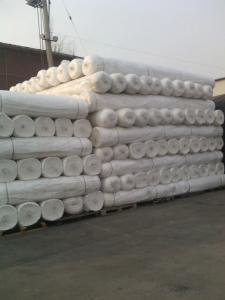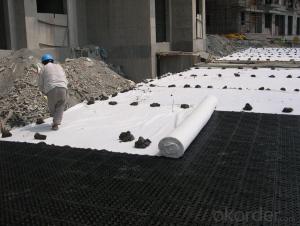Geotextiles Usa Polypropylene/Polyester Nonwovens Geotextile, Geosynthetic
- Loading Port:
- Shanghai
- Payment Terms:
- TT OR LC
- Min Order Qty:
- 5000 m²
- Supply Capability:
- 8000000 m²/month
OKorder Service Pledge
Quality Product, Order Online Tracking, Timely Delivery
OKorder Financial Service
Credit Rating, Credit Services, Credit Purchasing
You Might Also Like
Product Description
POLYPROPYLENE FILAMENT NEEDLE PUNCHED GEOTEXTILE
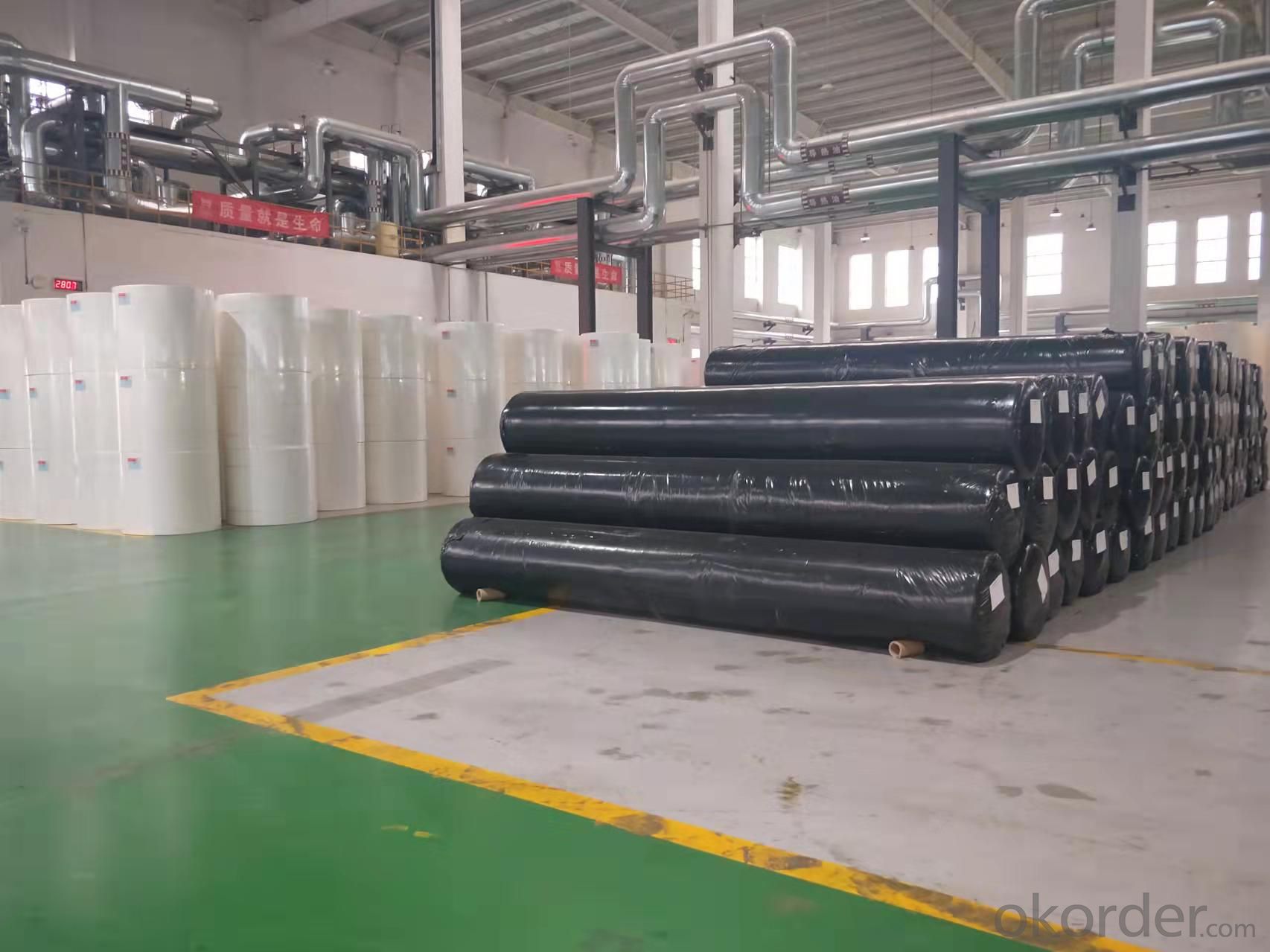
Product Introduction:
Using high-strength polypropylene slice as the main raw material, it is produced by non-woven technology and has the functions of isolation, reinforcement, protection, filtration, drainage, and buffering.
Product specifications: TDF100~1000, width 1m~6m., length according to user requirements.
Features:
The physical and mechanical properties are 2 to 3 times higher than that of conventional products. The proportion of products with the same gram weight is low; the acid and alkali resistance is excellent, the hot melt adhesion is good, and the wear resistance is strong. It is more suitable for CRTS/ slab ballastless track sliding layer system, which can reduce the interaction between the track system and the bridge surface.
Applications:
Polypropylene needle-punched non-woven geotextile is mainly used for the sliding layer between CRTS slab ballastless track and beam surface of passenger dedicated railway, and the isolation layer between CRTS slab ballastless track and friction. It can also be widely used Hydropower, highways, railways, ports, airports, sports venues, tunnels, beaches, reclamation, environmental protection and other fields play the role of isolation, filtration, drainage, reinforcement, protection, etc.
| Iterms | Test Method | Unit | TDF6 | TDF13 | TDF22 | TDF28 | TDF35 | TDF42 | TDF50 | TDF56 | TDF65 |
| Physical Properties | - | - | Continuous filament spunbond needle punched 100% polypropylene, UV stabilized | ||||||||
| Polymer | - | - | |||||||||
| UV resistance-Tensile strength retention | ISO 10319(GB/T 15788) | After three months outdoor aging,Strength Retention>70% | |||||||||
| Chemical resistance | ISO 12960(GB/T 17632) | No effect in the range of PH2-13 | |||||||||
| Tensile Strength | ISO 10319(GB/T 15788) | kN/m | 6.0 | 13 | 22 | 28 | 35 | 42 | 50 | 56 | 65 |
| Elongation at Max Tensile Strength | ISO 10319(GB/T 15788) | % | 50-120 | ||||||||
| CBR Puncture Resistance | ISO 12236(GB/T 14800) | N | 1000 | 2100 | 3200 | 4200 | 5500 | 6500 | 7600 | 8700 | 10000 |
| Trapezoid Tear Strength | ISO 9073-4(GB/T 13763) | N | 200 | 500 | 700 | 900 | 1100 | 1200 | 1300 | 1400 | 1600 |
| Fall Cone Penetration Aperture(dia) | ISO 13433(GB/T 17630) | mm | 34 | 27 | 20 | 17 | 14 | 11 | 9 | 7 | 5 |
| Equivalent Aperture(dry sieving)(O90) | GBT 14799 | mm | 0.3 | 0.2 | 0.11 | 0.1 | 0.07 | 0.07 | 0.06 | 0.05 | 0.05 |
| Vertical Flow Rate(50mm Spout) | ISO 11058(GB/T 15789) | l/m2/s | 40 | 40 | 40 | 35 | 25 | 15 | 15 | 10 | 10 |
| vertical permeability coefficient | ISO 11058(GB/T 15789) | m/s | 2×10-1 | 2×10-1 | 2×10-1 | 2×10-1 | 2×10-1 | 1.5×10-1 | 9×10-2 | 6×10-2 | 3×10-2 |
| In-plane Water Flow 20kPa | ISO 12958(GB/T 17633) | l/m.h | 2×10-4 | 8×10-4 | 1×10-3 | 1×10-3 | 1×10-3 | 1×10-3 | 1×10-3 | 1×10-3 | 1×10-3 |
| Mass Unit Area | ISO 9864(GB/T 13762) | g/m2 | 100 | 200 | 300 | 400 | 500 | 600 | 700 | 800 | 1000 |
| Thickness 2kPa | ISO 9863-1(GB/T 13761.1) | mm | 0.8 | 1.6 | 2.2 | 2.8 | 3.3 | 3.8 | 4.1 | 4.5 | 5.0 |
| Grip Strength | ASTM D 4632(GB/T24218.18) | N | 400 | 1000 | 1500 | 2000 | 2500 | 3000 | 3500 | 4000 | 5000 |
| Elongation at Grip Strength | ASTM D 4632(GB/T24218.18) | % | 50-120 | ||||||||
| Punchture Resistance | ASTM D 4833(GB/T 19978) | N | 170 | 350 | 520 | 650 | 800 | 950 | 1050 | 1200 | 1400 |
| Permeability | ISO 11058(GB/T 15789) | s-1 | 1.0 | 1.0 | 1.0 | 0.5 | 0.4 | 0.25 | 0.2 | 0.1 | 0.05 |
| Product Specifications (Width) | GB/T 4666 | mm | 4000-5500 | ||||||||
| Fiber Fineness | GB/T 10685 | dtex | 4-15 | ||||||||
- Q: The properties of woven geotextiles
- Product features: 1, with a reinforcement function: to stabilize the project in the course of prolonged use of the transfer occurred, and can be the role of the soil in the local stress transmission or assigned to a larger area. 2, with the role of separation: woven geotextile with different geotechnical structure to form a stable interface, in accordance with the requirements to play their own characteristics and the overall role. 3, the role of drainage filter: allow moisture to block the loss of sand particles, in the drainage of geotextiles on the poor water in the soil can play the water along the geotextile quickly discharged the purpose. 4, the geotextile and geomembrane used in two different pressures between the material can play a role in tension diaphragm. 5, with a block function: the geotextile placed in the flow of liquid with suspended particles in the channel to organize fine mud particles, and allow the liquid through the function. 6, play the role of cushion mat: the geotextile placed on the slope can prevent the soil particles due to the erosion of rain and the loss or planting turf.
- Q: Geotextile Model PP200-4-750 What does it mean?
- Is the geotextile 200g / ㎡? Geotextile is generally based on the weight per unit area to divide the specifications. Geotextile manufacturers Zhang Ming Chao for you to answer, I hope to help you.
- Q: Application of composite geotextile
- Water conservancy projects: seawall, river embankment, lake embankment project; reservoir reinforcement project; reclamation project; flood control and rescue. Highway and railway engineering: soft foundation reinforcement treatment; slope protection; road anti-reflective crack structure layer; drainage system; green isolation zone. Electrical engineering: nuclear power plant basic engineering; thermal ash dam project; hydropower project.
- Q: How do geotextiles affect soil consolidation?
- Geotextiles have a positive impact on soil consolidation as they provide reinforcement and stabilization. By acting as a barrier, they prevent the mixing of different soil layers, reducing the potential for settlement and increasing the overall strength of the soil. This consolidation is achieved through the interlocking of geotextile fibers with the soil particles, enhancing the load-bearing capacity and preventing the loss of fine particles.
- Q: Can geotextiles be used for drainage?
- Yes, geotextiles can be used for drainage. They are commonly used in various drainage applications such as road construction, retaining walls, and landfills. Geotextiles help in preventing soil erosion, filtering out sediments, and allowing water to pass through while retaining the soil.
- Q: Is there a filament geotextile manufacturer? Introduce the main performance ah
- Our road embankment reinforcement project, for example, the construction of the road first focus on the quality of the road followed by the use of these two problems, and Hongxiang new material filament geotextile just to solve. In order to improve the smoothness of the road to prevent the occurrence of reflective cracks and play the role of waterproof layer. Laying and impregnating the asphalt between the base layer and the surface layer to form the filament geotextile - asphalt interlayer. You can see the specific understanding of the user name
- Q: How do geotextiles contribute to sediment control?
- Geotextiles contribute to sediment control by acting as a barrier that prevents soil erosion and controls sediment movement. They are used in various applications such as erosion control blankets, sediment retention ponds, and silt fences, effectively trapping sediments while allowing water to pass through, reducing the risk of sediment runoff and contamination of water bodies.
- Q: Concrete pavement or geotextile
- Do not add, with the asphalt Ma plug Seal if you have to choose the best choice for geotextile waterproof the best
- Q: What are the different geotextile installation guidelines?
- There are several different geotextile installation guidelines that vary depending on the specific project and goals. Some common guidelines include ensuring proper site preparation, including clearing and grading the area, as well as removing any debris or vegetation. It is important to properly measure and cut the geotextile to fit the designated area, allowing for overlap and securing the edges. Additionally, proper anchoring methods should be used to prevent movement or displacement of the geotextile. Finally, regular inspection and maintenance should be conducted to ensure the geotextile is functioning as intended.
- Q: Are geotextiles suitable for use in coastal erosion control?
- Yes, geotextiles are suitable for use in coastal erosion control. They can effectively stabilize soil, prevent erosion, and promote vegetation growth in coastal areas. Geotextiles provide a barrier against wave action and help to retain sediment, reducing the rate of erosion and protecting shorelines from further degradation.
Send your message to us
Geotextiles Usa Polypropylene/Polyester Nonwovens Geotextile, Geosynthetic
- Loading Port:
- Shanghai
- Payment Terms:
- TT OR LC
- Min Order Qty:
- 5000 m²
- Supply Capability:
- 8000000 m²/month
OKorder Service Pledge
Quality Product, Order Online Tracking, Timely Delivery
OKorder Financial Service
Credit Rating, Credit Services, Credit Purchasing
Similar products
Hot products
Hot Searches
Related keywords
